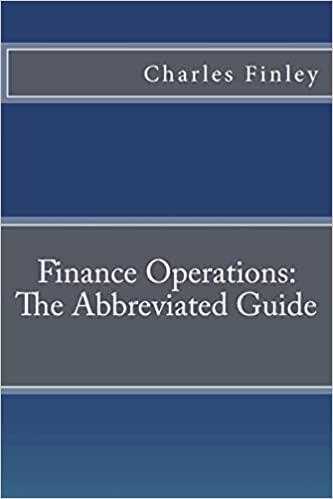3 Tandem Queues Suppose we are analyzing a traditional two-step process for a drive-through window. The process is as follows: a customer arrives and waits in a single order queue, then goes directly to a single window queue, before exiting the system. In reality this process can be more complicated, e.g. the McDonald's example from class or Chick-fil-A (which uses queuing theory to a great deal), but we will keep it simple for the exam. The manager has provided us with an arrival rate of x = 2 customers per minute and the following metrics: P=0.8 Order queue Window queue Utilization factor P=0.9 Mean time in queue E (W) = 4,05 minutes EW1 = 1.6 minutes Service time ET = 0.45 minutes ET) = 0.4 minutes What is the average number of customers in line, E(L), at the order queue? How about the average number in line at the window queue? O a. 8.1 in the order queue, and 3.2 in the window queue O b. 3.2 in the order queue, and 2.25 in the window queue O c. 2.25 in the order queue, and 3.2 in the window queue Od 32 in the order queue, and 8.1 in the window queue What is the average number of customers in the two-step process (order queue and window queue), E [L]? O a 11 customers O b. 9 customers O c. 7 customers O d. 13 customers How long does an average customer spend in the two-step process (in minutes) from the time they arrive, E (W]? (Hint: of course you can apply Little's Law by using the above metric E[L], but you can also check yourself since a useful fact about queues is that, regardless of the distribution of the arrival and service rates, the total time in the system is simply the queue time E[W] plus the service time E[T].) O a. 5.5 minutes O b. 4.5 minutes O c. 6.5 minutes O d. 3.5 minutes 3 Tandem Queues Suppose we are analyzing a traditional two-step process for a drive-through window. The process is as follows: a customer arrives and waits in a single order queue, then goes directly to a single window queue, before exiting the system. In reality this process can be more complicated, e.g. the McDonald's example from class or Chick-fil-A (which uses queuing theory to a great deal), but we will keep it simple for the exam. The manager has provided us with an arrival rate of x = 2 customers per minute and the following metrics: P=0.8 Order queue Window queue Utilization factor P=0.9 Mean time in queue E (W) = 4,05 minutes EW1 = 1.6 minutes Service time ET = 0.45 minutes ET) = 0.4 minutes What is the average number of customers in line, E(L), at the order queue? How about the average number in line at the window queue? O a. 8.1 in the order queue, and 3.2 in the window queue O b. 3.2 in the order queue, and 2.25 in the window queue O c. 2.25 in the order queue, and 3.2 in the window queue Od 32 in the order queue, and 8.1 in the window queue What is the average number of customers in the two-step process (order queue and window queue), E [L]? O a 11 customers O b. 9 customers O c. 7 customers O d. 13 customers How long does an average customer spend in the two-step process (in minutes) from the time they arrive, E (W]? (Hint: of course you can apply Little's Law by using the above metric E[L], but you can also check yourself since a useful fact about queues is that, regardless of the distribution of the arrival and service rates, the total time in the system is simply the queue time E[W] plus the service time E[T].) O a. 5.5 minutes O b. 4.5 minutes O c. 6.5 minutes O d. 3.5 minutes








